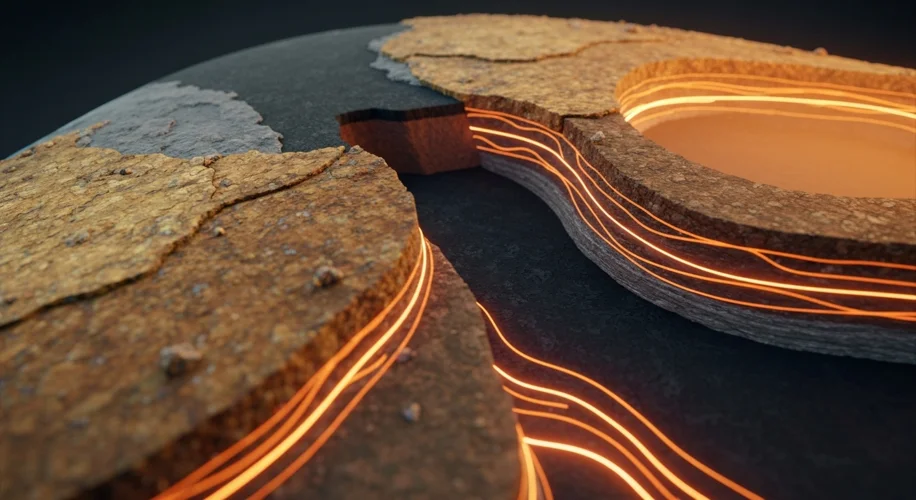It sounds like something out of a science fiction movie, doesn’t it? A massive, ancient geological anomaly, stretching over 250 miles, is reportedly heading straight for New York City. As someone with a background in atmospheric science and a keen interest in how our planet works, this headline immediately sparked my curiosity. It’s a fantastic reminder of the vast, often unseen, forces shaping our world, and how geological time scales can feel so disconnected from our daily lives.
So, what exactly is this “mystery blob”? While the popular press might sensationalize it, we’re likely talking about a significant geological feature, possibly a slab of ancient oceanic crust being subducted beneath the North American continent. Geologists have identified similar features elsewhere, often remnants of past tectonic plate activity. Think of it like a colossal, slow-motion collision happening deep within the Earth’s mantle, with pieces of the planet’s crust being pushed under or over each other over millions of years.
This particular feature is thought to be a remnant of the ancient Iapetus Ocean, which existed hundreds of millions of years ago before the formation of the supercontinent Pangaea. As tectonic plates move, these massive crustal fragments get buried and warped, creating deep underground structures that can influence everything from seismic activity to the flow of heat from the Earth’s interior.
What does this mean for New York City? It’s important to understand that the movement of these geological masses is incredibly slow – think centimeters per year, not miles per hour. So, there’s no immediate danger of a giant blob suddenly appearing. Instead, these features can have subtle, long-term influences. For instance, they can affect the distribution of heat in the Earth’s mantle, which in turn can influence geological processes like fault lines and volcanic activity over vast timescales. While this specific feature isn’t expected to cause a direct geological event like an earthquake or eruption in our lifetime, understanding its presence helps scientists refine their models of Earth’s structure and history.
It’s fascinating to consider this geological timescale alongside our current human-induced climate change. We worry about rising sea levels and increased storm intensity over decades, while this blob has been forming and moving for millions of years. It’s a powerful juxtaposition that highlights the dynamic nature of our planet and the immense forces at play, both ancient and modern.
This kind of discovery is a wonderful opportunity to appreciate the intricate science beneath our feet. It reminds us that the ground we stand on is not static but a part of a constantly evolving, incredibly complex system. While we focus on immediate environmental concerns, it’s also vital to keep a broader perspective, appreciating the deep history and ongoing processes that make our planet what it is.

